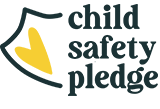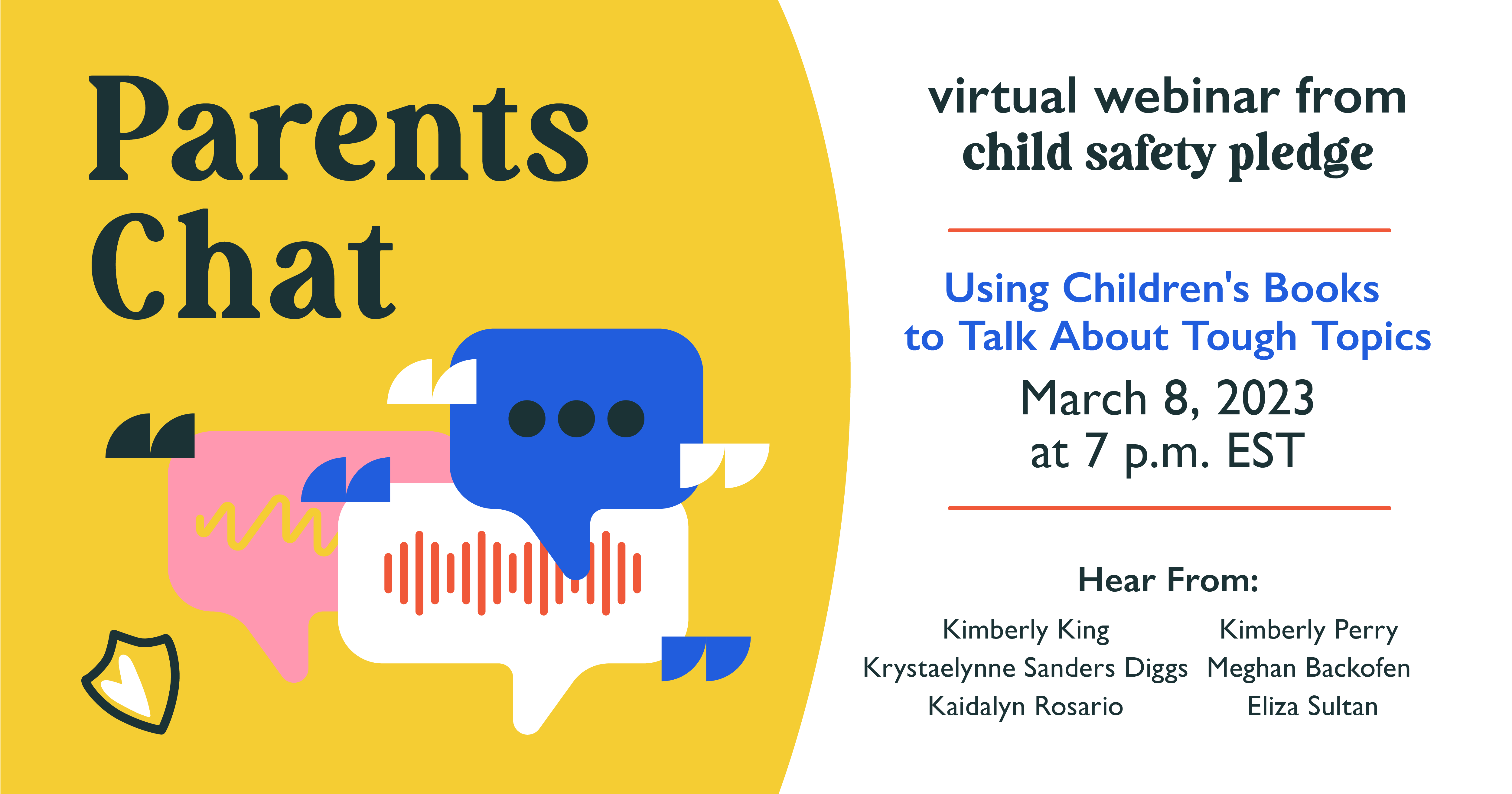If you live with a baby or toddler, you already know their fascination with taste-testing. Everything they touch seems to go straight into their mouth. This natural exploration sparks a lot of concern among parents, and rightly so.
In the United States, 75% of choking deaths occur in children under the age of three, making choking a leading cause of death in infants and toddlers. Many parents are vigilant when it comes to removing choking hazards from their babies. However, most adults are surprised to learn that choking remains a serious danger for children until the age of four.
Food is one of the main choking hazards for children. Though food itself cannot be avoided, parents can reduce the chances of their children choking by understanding which foods are considered a choking hazard and ensuring their children eat these foods safely while supervised.
-
Bread
White bread often forms large pasty textures in the back of the throat and can very quickly become stuck. To make bread safer, parents can cut it into small pieces and lightly toast it.
-
Raw Fruits & Vegetables
Though a healthy snack, raw fruits and vegetables are oddly shaped and hard. This makes it easy for them to get lodged in the back of a child’s throat. Fruits and vegetables should always be cut into small bites, whether it is large like a carrot or small like a grape.
-
Crackers/Rice Cakes
Crackers and rice cakes have coarse textures and are very dry. This makes them difficult to break down, increasing the chance of choking. Breaking these snacks into smaller pieces can reduce the choking hazard.
-
Hard Candy
Children may love candy, but it is considered very dangerous for children under five. Hard candies are not easily broken down and can quickly become lodged in a child’s throat.
-
Nuts and Seeds
Until children have their molars come in, it is almost impossible for them to break down small, hard foods like nuts and seeds. These foods should be avoided until molars are fully developed.
-
Chicken with Bones
Bones can be extremely dangerous to children. Unfortunately, bones can often be hidden in meat. It is important that parents check the meat first and cut it up into bite sized pieces to ensure there are no hidden bones.
-
Chewing Gum
The sticky texture and the frequent chewing motion means children can often get gum stuck in the back of their throat. Some children may be tempted to swallow the gum, which leads to the gum blocking their windpipe. Parents should avoid giving chewing gum to young children.
-
Cheese Cubes
Even if the pieces of cheese have been cut into small chunks, they still pose a huge choking hazard. Cheese can easily become wedged in the back of a child’s throat causing their airway to become blocked.
-
Popcorn
Hard and crunchy foods such as popcorn can easily get stuck in your child’s throat. Even toddlers who are competent eaters shouldn’t be given this food as corn kernels pose a great risk. Its texture is a danger as other food products can stick to the popcorn and create a larger block of the airway which could be fatal.
-
Marshmallows
Although soft in texture, marshmallows can often stick together and even expand in the throat. If feeding a child marshmallows, try cutting them up small using kitchen scissors. It is important to supervise children while they eat marshmallows.












Comments are closed.